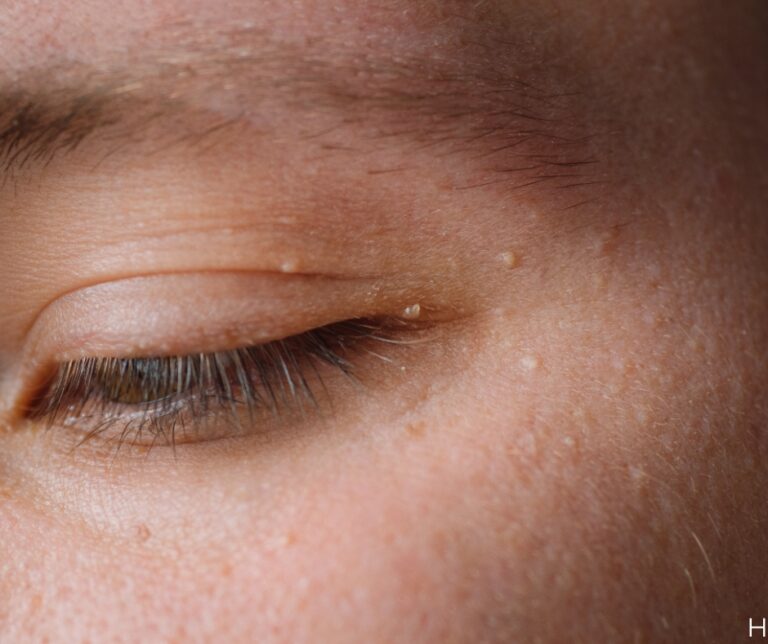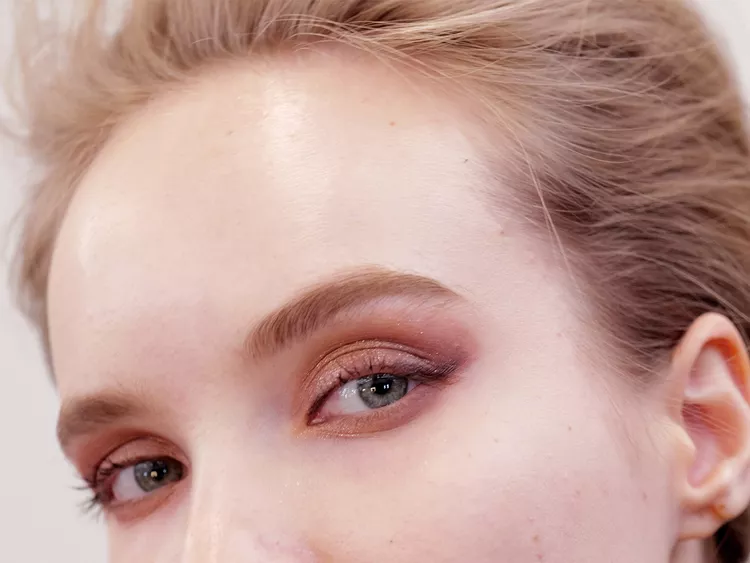Milia: the tiny, pearly-white bumps that form under the eyes or along the cheeks, nose, and forehead. While they may resemble whiteheads, milia aren’t acne at all—they’re small cysts made up of trapped keratin just beneath the skin’s surface. And though they’re harmless, they can be a cosmetic nuisance. As our board-certified dermatologist Dr. Kiran Mian of Hudson Dermatology & Laser Surgery in New York explained in a recent InStyle article , there are proven, gentle methods for treating and preventing milia—and just as many myths to avoid.
What Causes Milia and Why They Appear Under the Eyes
“Milia form when dead skin cells don’t exfoliate properly and become trapped,” explains Dr. Mian. “The area under the eyes is especially prone because it’s thinner, drier, and has fewer oil glands, which makes natural shedding less efficient.”
Common culprits include heavy creams, thick concealers, sun damage, and skin trauma—including resurfacing treatments when post-care isn’t followed properly. Tight-fitting clothing, sweat, and even genetics can contribute as well.

Preventing Milia with Smart Skincare Habits
To keep milia from forming, Dr. Mian emphasizes the importance of gentle, consistent exfoliation. “Use ingredients like retinol, glycolic acid, or salicylic acid—but only if they’re formulated for delicate areas like around the eyes,” she says. “And avoid heavy eye creams that can block pores.”
Other dermatologist-approved tips:
Always remove makeup completely before bed.
Choose non-comedogenic skincare products.
Protect your skin from sun damage, which can slow exfoliation.
At-Home Treatments: What Works (and What Doesn’t)
While many people hope that milia will resolve on their own, Dr. Mian cautions that adult cases typically persist. Her go-to recommendation? Retinoids. “Start with an over-the-counter retinoid three times a week and increase frequency as tolerated. It helps the skin naturally shed dead cells.”
Warm compresses can also help. “Five to 10 minutes, once or twice a day, can soften the skin and encourage the cysts to resolve,” says Dr. Mian. Just don’t mix actives like acids and retinoids on the same night—that’s a recipe for irritation.
In-Office Milia Removal: What to Expect
When at-home care isn’t enough, dermatologists like Dr. Mian offer safe, effective removal. “We use a tiny lancet or comedone extractor to open the surface and release the trapped keratin. It’s quick, has minimal downtime, and doesn’t damage the surrounding skin.”
Attempting extraction at home is strongly discouraged. The skin under the eyes is too delicate and can scar easily.
When to See a Dermatologist for Milia
If milia are spreading, worsening, or affecting your confidence, Dr. Mian encourages a consultation. “They’re not harmful, but over time, they can become larger and more embedded, making removal more difficult.”
A board-certified dermatologist can not only treat the condition safely but help you understand if something more serious may be going on—like an underlying skin disorder.

Medical & Cosmetic dermatology in Hudson Yards
From advanced medical treatments to cutting-edge cosmetic procedures, Hudson Derm offers comprehensive care tailored to your skin’s needs—all in the heart of Hudson Yards.
